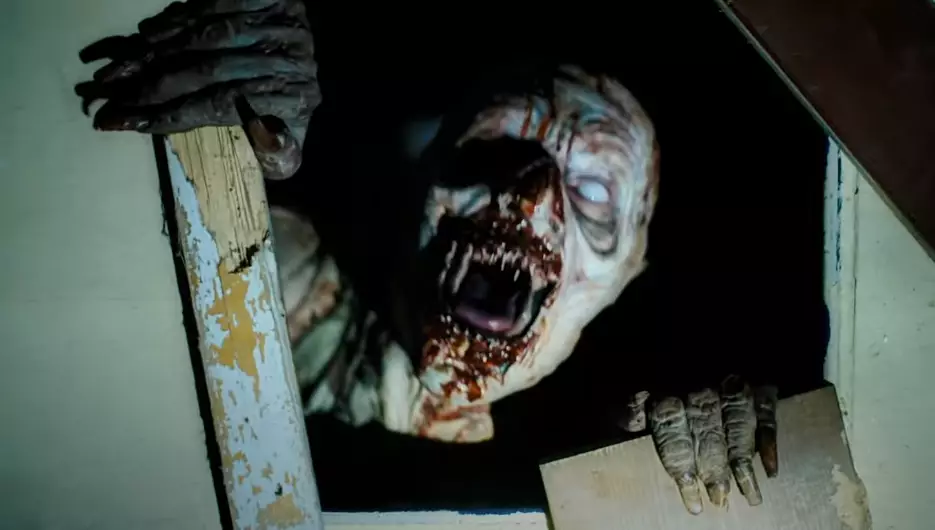David F. Sandberg, known for his directorial flair in superhero cinema, has stepped into the chilling realm of horror with his latest adaptation of the video game Until Dawn. This transition comes after a tumultuous experience with Shazam: Fury of the Gods, which left him questioning his dedication to intellectual property (IP)-based films. The backlash he faced included personal threats, a dark reminder of how passionate fandom can turn toxic. Sandberg’s initial reluctance to embrace another IP project was palpable, revealing a vulnerability often masked by the glimmer of Hollywood success.
Yet, amidst this turmoil, a spark was ignited the moment he encountered the Until Dawn script. The script’s innovative concept of a time loop, mirroring the gameplay mechanics where players make crucial choices leading to varied outcomes, intrigued him. It is this element that holds the potential to differentiate Until Dawn from traditional horror films, challenging the format and engaging audiences in a unique storytelling experience.
Crafting New Narratives from Familiar Grounds
While the video game has forged a significant cultural impact, Sandberg confronts an uphill battle when diverging from the game’s established narrative. Detractors argue that the film’s departure from a direct adaptation may alienate die-hard fans. However, Sandberg, with an astute understanding of adaptation, counters this by emphasizing the inherent constraints a faithful retelling would impose. He argued that after a certain point, any cinematic recreation of a beloved game would likely falter, criticized for not capturing the essence of the original. The irony is that the very act of trying to replicate the game’s experience could lead to an inevitable comparison, one that almost always positions the film as inferior to the interactive original.
He used this as a springboard for creative freedom, steering the narrative towards new territory, and thereby allowing room for improvisation and fresh scares. By introducing a fresh storyline while retaining the game’s underlying themes, Sandberg elegantly navigates the tightrope of originality versus homage. His confidence in the script’s unique approach signifies a willingness to redefine how video game tales can be transposed onto the silver screen.
The Horror of Expectations
However, the challenges do not cease at narrative adaptation. The horror genre is notorious for its rigid expectations from audiences. With fans often desiring authenticity over novelty, Sandberg faces a delicate balance: satisfy the established expectations while pushing boundaries. The initial audience response will be crucial; if the film elicits a visceral reaction akin to the game’s tension and unpredictability, it may carve out a new niche for video game adaptations.
Reflecting on the potential box office performance, with an estimated take of $10 million in the US during its opening weekend, the film’s success may well hinge on its reception among both gamers and broader horror film aficionados. Database tracking reveals that while the theatrical release carries the usual industry risks, Sandberg’s narrative exploration could set Until Dawn apart in an oversaturated market.
Ultimately, the director’s journey through fear—both within the narrative and as a filmmaker—creates a compelling backdrop for what could become a landmark in video game adaptations. Emphasizing storytelling above mere nostalgia, Sandberg embodies a spirit of reinvention, daring to tread paths less traveled in the realm of horror. This bold choice may redefine expectations, positioning Until Dawn as a vital exploration of both gameplay and cinematic innovation.

